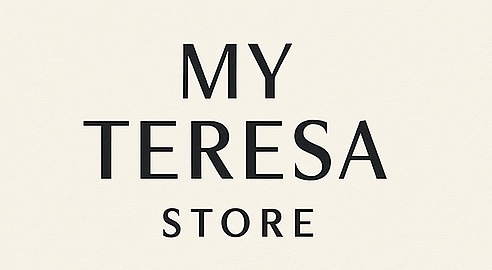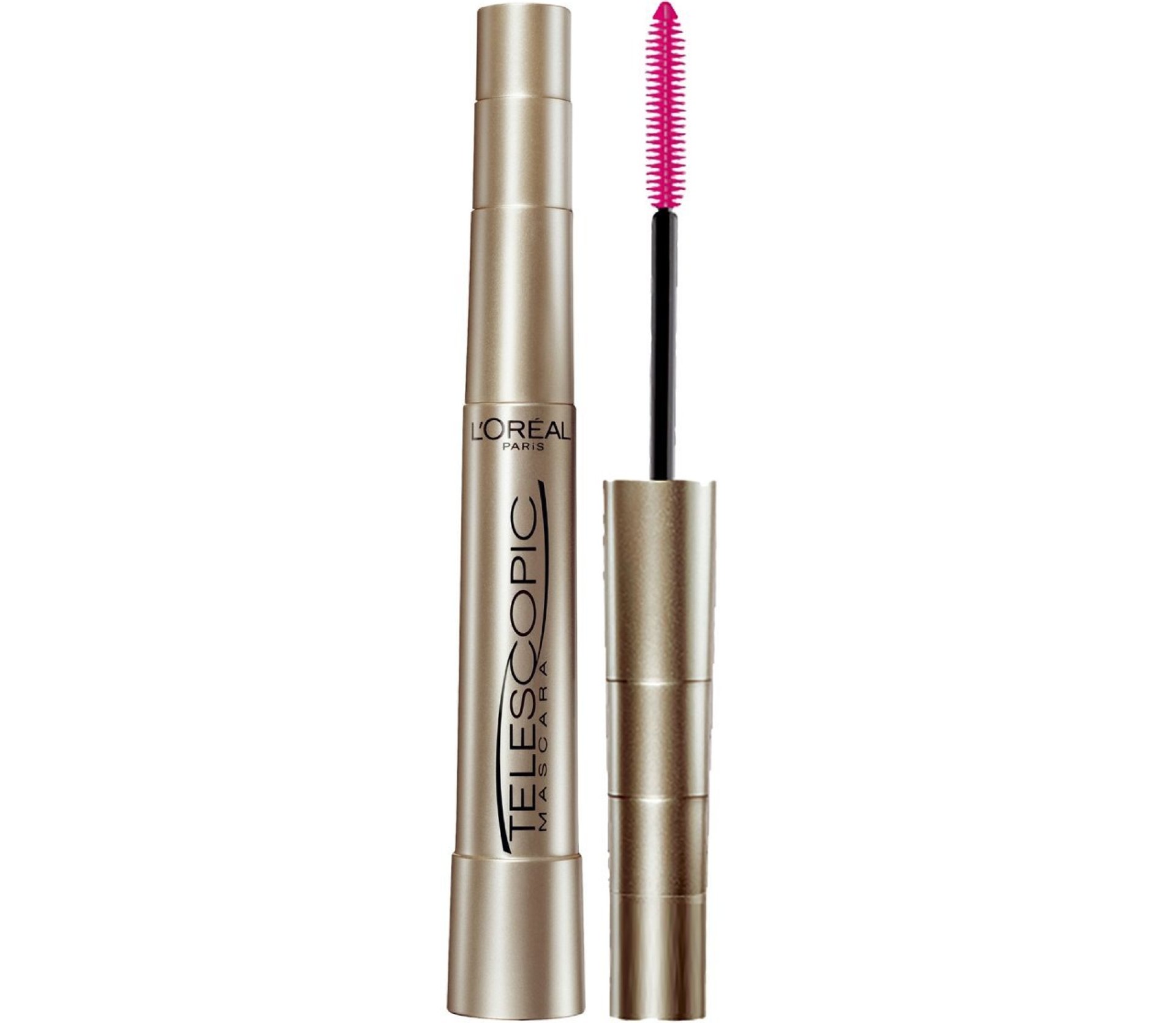
Verdict
A clear upgrade on the Roborock Saros 10R, the Saros 10 is a slightly different beast with more suction power for deeper vacuuming performance. It also uses a sonic mop scrub, with automatic stain detection to help target messes, and AdaptiLift uses to press the pad to the floor for removing the toughest of stains.
A brilliant app, spot-on navigation, and the ability to deal with deep pile carpets and climb over most thresholds combine to make this a top flagship robot vacuum cleaner.
-
Excellent navigation -
AdaptiLift boosts deep-pile vacuuming -
Very powerful suction -
Multi-functional dock -
Super slim
Roborock Saros 10: Introduction
- Type: Robot vacuum with mopping
- Docking: Dock with auto-empty and auto-clean
- Navigation system: RetractSense LDS Navigation System
Not to be confused with the Roborock Saros 10R, the Roborock Saros 10 is really this year’s true Roborock flagship robot vacuum cleaner.
Compared to the 10R, this model offers more suction power, a more powerful mopping function, a better dock, and arguably a superior navigation system.
While the 10R was a very good robot vacuum cleaner, it’s fair to say that the Roborock Saros 10 is a truly great one, capable of dealing with even the toughest of jobs with ease.
The Saros 10 is the first robot from the Chinese brand to feature its new RetractSense Navigation System; so it’s got a traditional LDS laser tower on top but it can retract it to fit under low clearance furniture and use a Time-of-Flight sensor instead for these areas.
With the sensor retracted, it’s less than 8cm tall.
It also boats the updated Vibrarise 4.0 mopping module, the same 22,000Pa suction rating as the upcoming Z70, and the VertiBeam Lateral Obstacle system too.
Read on for our full Roborck Saros 10 review.
Design and components
Although the Roborock Saros 10 might look a little like its sibling, the 10R, from the outside, several noticeable differences make this model stand out.
First, the Roborock Saros 10 uses LiDAR navigation, rather than the forward-facing Starsight Autonomous ToF system that the 10R uses. LiDAR gives a full 360-degree view of the surroundings.
LiDAR does require a dome that sticks up, but the 10R has a similar trick to the Dreame X50 Ultra Complete, and its sensor can retract into its body.
Cleverly, there’s a cut-out at the front of the robot that allows the sensor a 110-degree view for forward-facing navigation.
With the sensor retracted, the Roborock Saros 10 is just 79.8mm tall (the same as the 10R), so can fit under lots of low bits of furniture. I’ve got a tricky corner sofa that slopes down at the rear, but the Saros 10 managed to get under it to clean without getting stuck.
In addition to LiDAR, the camera at the front uses AI to help the robot spot and avoid common obstacles, from shoes and cables to pet mess.

Flip the Roborock Saros 10 over, and underneath it has the same DuoDivide brush roll. This has a split in the middle, designed to channel long hairs into the suction path, preventing them from getting tangled.
There’s also the FlexiArm side brush, which is also an anti-tangle model, designed to swing out into corners and edges for wall-to-wall cleaning.

The side arm and main brush can lift off the ground when required, either when the robot is mopping only, or when it detects that they’re not needed. For example, the main brush can be lifted after vacuuming and mopping simultaneously, reducing the risk of spreading dirt over a wet floor.
The real difference between the Roborock Saros 10 and the 10R is that this model uses a full-width sonic scrubbing pad, rather than dual microfibre pads. Able to vibrate at up to 4,000 times per minute, this mopping pad scrubs the floor.
It can’t physically swing out to clean the edges of rooms, so Roborock has added a small side mop into the mix to take care of this job. In this way, the Roborock Saros 10 has a similar mopping system to the Roborock S8 MaxV Ultra.

But, there’s another trick that the Roborock Saros 10 has: its AdaptiLift chassis. Adjustable at all four edges, AdaptiLift lets the robot lift its body up to 10mm off the ground.
How this technique is used depends on the situation the robot finds itself in. First, AdaptiLift can be used by the robot to climb over thresholds of up to 4cm high, which it did with no problem when I put a barrier down between rooms.

Next, AdaptiLift can be used to free the Saros 10 when it’s caught on an onstacle, such as a sled-leg chair.
Beyond general navigation, the Saros 10 can use AdaptiLift to better clean. On deep pile carpets, the robot can lift its body, so that it can continue to move and vacuum. Deep pile carpet did slow down my robot, but it kept moving and vacuuming.

On hard floors in mopping mode, AdaptiLift lets the Saros 10 lift its front, pushing the mop cloth down on the ground for better agitation and dirt removal. There’s no other system quite like it and Dreame’s ProLeap on the X50 Ultra Complete is for climbing thresholds only.
This robot ships with the RockDock Ultra 2.0, which is a more advanced and nicer-looking version of the dock that ships with the Saros 10R.

For starters, the water tanks are hidden under a flap, so the dock looks a bit neater. There are two 3-litre tanks, one for clean water and one for dirty water.

As well as using clean water for the tanks, there’s an detergent tank. Roborock doesn’t provide any detergent in the box, but sells its own-brand version. I just used regular floor cleaner instead.
Instead of washing the mop at a single temperature, the RockDock Ultra 2.0 employs dynamic wash mopping, utilizing different temperatures to tackle various stains: 50°C for starch-based stains, 60°C for grease stains, and 80°C for coffee stains and sterilisation.

After washing the mop pad at the end of a clean, 60°C air is used to dry the pad, preventing odour and bacterial growth.
For dust collection, 2-litre self-sealing bags are used. These should hold around two months’ worth of dirt before needing to be replaced.

The app
Once again, the Roborock app is used to manage the Saros 10 robot. It’s essentially a brilliant app that begins by getting you to perform a quick mapping run of the robot’s surroundings.
At the end, the robot suggests the room layout of your home, and uses AI to spot common bits of furniture, so it can add room labels, such as kitchen or dining room.
I found that the room layout was right, although the AI obstacle recognition wasn’t always correct: a dining table was correctly identified, but when I moved the robot to my bedroom, it thought that the bed was a sofa set.
Room layouts are easy to correct by splitting or merging rooms, and there’s a manual option to add furniture to a room, or correct wrongly identified bits of furniture.

It’s well worth adding furniture to the rooms, as they can be used in the app for quick clean-up jobs.
For example, I can tap my dining table and have the Saros 10 clean around this after we’ve finished eating.

With the map sorted, there’s a choice to clean the entire house, a room (or rooms) of your choice, a zone that you draw on the map or, as mentioned, around a bit of furniture.

With where to clean selected, it’s then a matter of choosing how to clean. There’s a choice of Vac & Mop, Mop only or Vac only. It’s a shame that there’s no quick option to vacuum first and mop second.
If you want to do this, you have to set up a Routine instead. Each Routine contains the options of where to clean and the cleaning settings, and lets you create two jobs, such as vacuuming everywhere, followed by mopping everywhere.
Routines are great for building jobs you want to run regularly, but for one-off jobs it would be good to have a vacuum-first and mop-second option.
Cleaning can be set to SmartPlan, which lets the Saros 10 automatically set its modes depending on the environment it’s in. Alternatively, you can go for the manual options and choose how the Saros 10 should operate.
There’s a choice of four vacuum modes, and four water/scrub intensity options. There’s then a choice of fast or standard cleans. Opt for Mop only, and there’s also two more routing options for deeper cleaning, while Vac only gives an extra power setting.
You can choose to run one or two passes, two, giving an extra pass for really dirty homes.

Before you start a clean, it’s worth diving into the Advanced Settings to turn on some of the advanced features. FlexiArm Design Extended Cleaning gives better cleaning under appliances and overhangs; Automatic Re-mopping lets the Saros 10 return to very dirty areas to remop them.
In the AI Laboratory settings, there’s a Deep Cleaning option for Heavy Dirt or Stains, where the robotwill automatically detect and clean very dirty areas with extra focus.

In addition to using the app, Amazon Alexa and Google Assistant are supported, plus the integrated “Hello Rocky” voice assistant, which I could use to start and stop a clean, either for the entire house or a specified room. I do like the “Clean here” option, which sets the Saros 10 out looking for you, and then performing a spot clean once it’s worked out where you are.
The only issue with this mode is that the robot doesn’t automatically return to the dock at the end of a clean, and I had to use the voice command to send it back.
Performance
With all of the extra features turned on, I found the Saros 10 to be an incredible vacuum cleaner and mop.
With mopping, once the advanced features are turned on, the 10 would use AdaptiLift to push its mopping pad onto the ground, automatically focusing on tough stains and giving them more attention.

Most tough stains were gone within two passes, but much tougher stains, such as dried-on ketchup, are more challenging to deal with and took four passes. That said, the fact that the robot can handle such tough messes meant that I rarely needed to use the hard floor cleaner to deal with messes by hand.
Vacuuming performance is excellent. Rated at 22,000Pa, this is the highest-suction power vacuum cleaner that I have seen. This power is evident: even tough messes in carpet were removed with a degree of accuracy close to that of a high-end cordless vacuum cleaner.
Edge performance is just as good, and the Saros 10 cleaned right to the edges of my rooms with no trouble.
Navigation is excellent. Roborock was the first company to add AI object detection to its robots, and the system is now mature. I left out shoes, cables and fake pet mess, and the Saros 10 skirted around these problems with ease.
I never saw the robot get stuck, either: it climbed over thresholds, lifted itself over deep-pile carpet, and squeezed under my sofa, sensor lowered. That’s not to say that the Saros 10 will never get stuck, but it seems that such an occurrence would be rare.
Final thoughts
Exactly what you want from a flagship robot vacuum cleaner, the Roborock Saros 10 has it all: high-power vacuuming, excellent navigation and obstacle avoidance, and deep mopping.
Sure, it’s expensive, but if you want the best, this is it.
How we test
When we publish our reviews, you can rest assured that they are the result of “living with” long term tests.
Robot cleaners usually live within an ecosystem, or a range of products that – supposedly – all work in harmony. And they are designed to offer a range of different cleaning options. Therefore, it’s impossible to use a robo cleaner for a week and deliver a verdict.
Because we’re testing smart home kit all day, everyday, we know what matters and how a particular smart cleaning machine compares to alternatives that you might also be considering.
Our reviews are comprehensive, objective and fair and, of course, we are never paid directly to review a device.
Read our guide on how we test robot vacuum cleaners to learn more.
Roborock Saros 10: Specifications
| Manufacturer | Roborock |
| Model number | Roborock Saros 10 |
| Release date | 2025 |
| UK price | £1,399.99 |
| USA price | $1,599.99 |
| Robot size (W x D) | 350 x 353 x 798mm |
| Dock dimensions (W x D x H) | 440 x 409 x 470mm |
| Max suction | 22,000Pa |
| Bin capacity | 2 litres |
| Water tank volume (dock) | 3L clean, 3L dirty |
| Charge time | 2.5 hrs |
| Modes | Five vacuum settings, four mop settings |
| Mop option | Sonic mopping |
| Smart home compatibility | Alexa, Google Home, Matter |







